‘Pandemic as Accelerator’
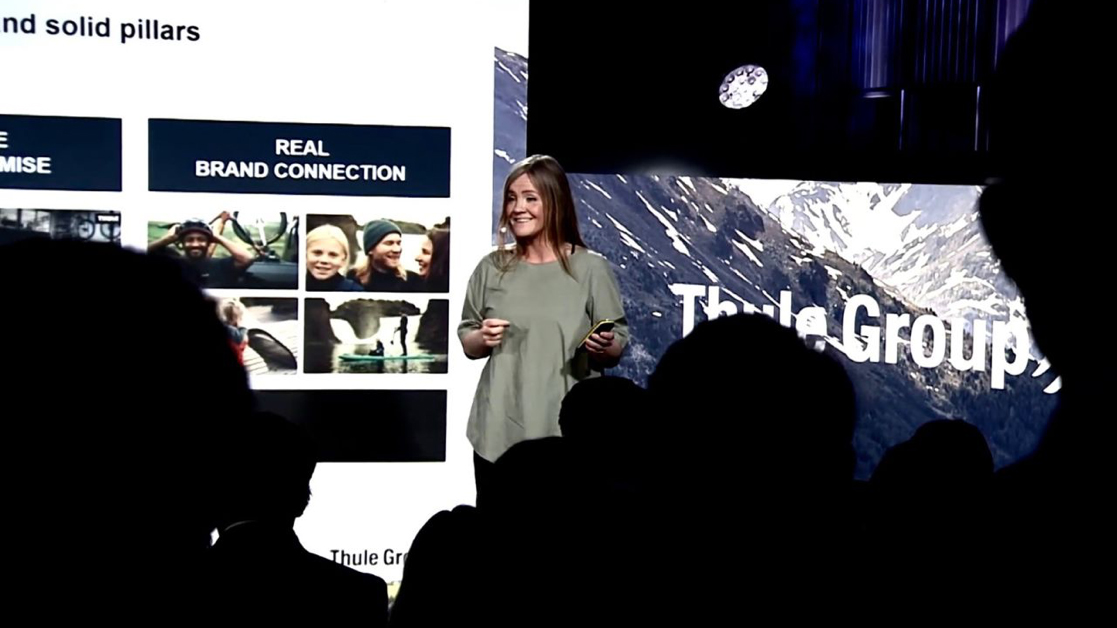
‘Over the last decade we have all experienced a fast growth in micromobility solutions that not only are beneficial to the climate, but also to the daily lives of families around the world. As the global market leader in bike related solutions to bring your children when commuting with a bike, Thule is in the middle of this fast evolution. When the pandemic hit cities around the world in 2020–2022 the transition was fast tracked with more infrastructure investments in safer bike lanes and bike parking solutions by municipalities around the world, making things happen in a 3 year period that was expected to take a decade.’
‘Six city tests passed’

‘The example provided by the six cities we investigated show that shared e-scooters and e-bikes can contribute to making cities more sustainable and liveable by reducing emissions and expanding mobility options. The results highlight the important work we still need to do to decarbonise our supply chain, operations and facilities so that shared micromobility continues to reduce the CO2 footprint of urban mobility.’
‘Infrastructure first’
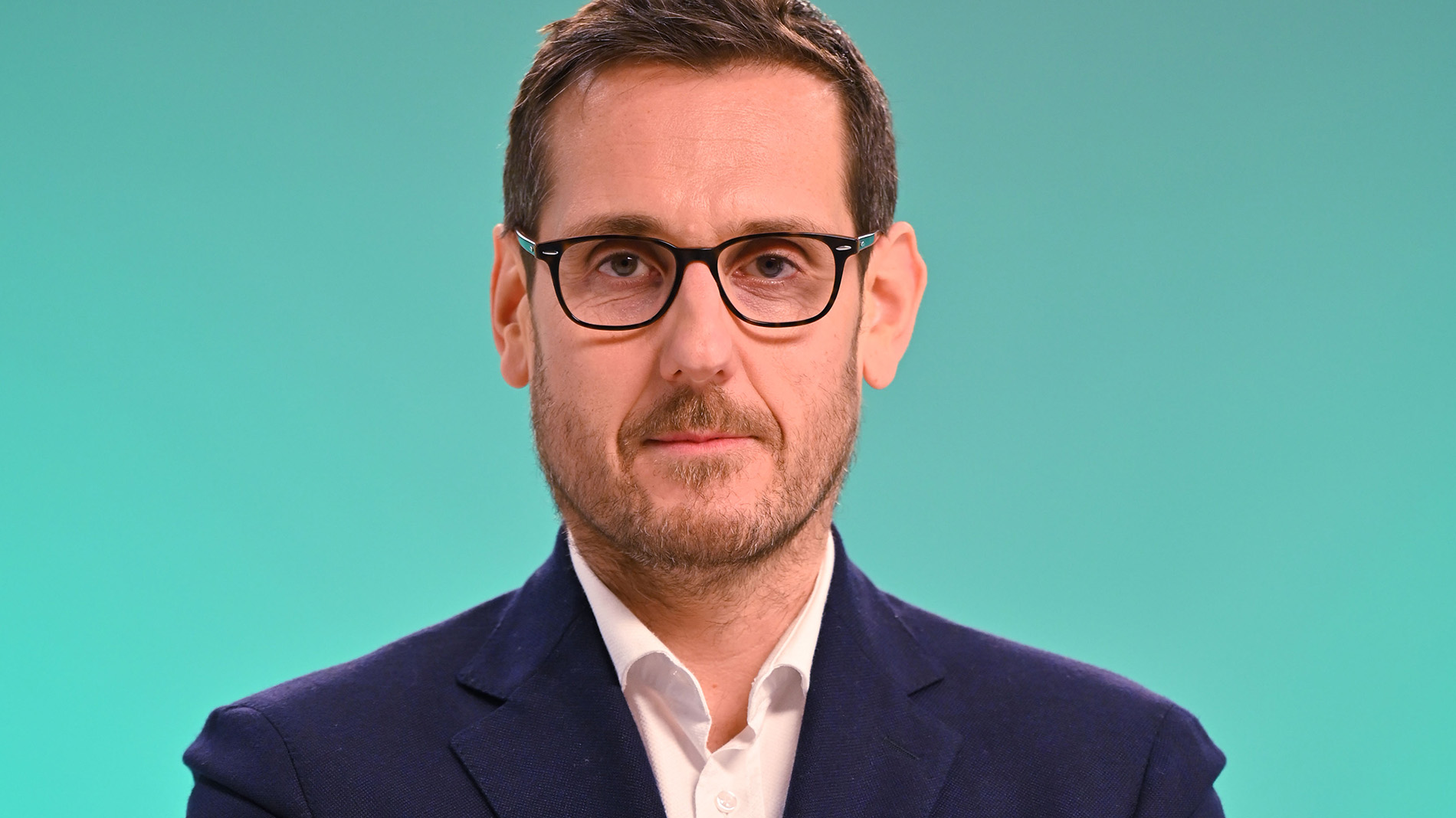
‘More than “just” micromobility, I would say that individual mobility is an unmissable need in cities all around the world. Of course more recently, and especially in Europe, the options to realize it have increased a lot. The driving factors are to me electrification and sharing platforms. Having the opportunity to travel quite a lot, I am still surprised by the amazing bicycle roadways we have in Amsterdam, where actually cycling is the most efficient way to move around the city, while seeing people riding a bicycle in Milan or a stand-up scooters in Paris traffic is something quite scaring.
The future of urban mobility should be designed starting from infrastructures: clearly separated ways for low-speed vehicles (up to eBikes), standardized battery swapping station to overcome the range limitation of eScooters for the ones coming from outside city rings, dedicated parking spots for sharing vehicles. Obviously this requires a clear long term vision and the capability to move towards it with concrete actions, with the ultimate target to secure a smooth transition where urban mobility will be mainly driven by electric vehicles (including eBikes), and cleaner eFuel powered vehicle will secure mid to long-distance freedom to move.’
‘Cycle hire systems in the spotlight’

‘Cycle hire systems make a positive contribution to the transport revolution. Given climate change, they are also a good option in terms of sustainable mobility. To ensure that such hire systems are accepted, it is important that they are seamlessly integrated into public transport. Station-based hire systems with a high density network of stations are especially helpful and also make a positive contribution to keeping traffic areas in public spaces orderly. Modern, app-based hire systems interlink the various aspects of individual mobility and sustainability and increase the appeal of cities and municipalities. Successful hire systems, however, only work if cities, public and private sector companies and providers work closely with each other.’
‘Cities will learn to embrace innovation’
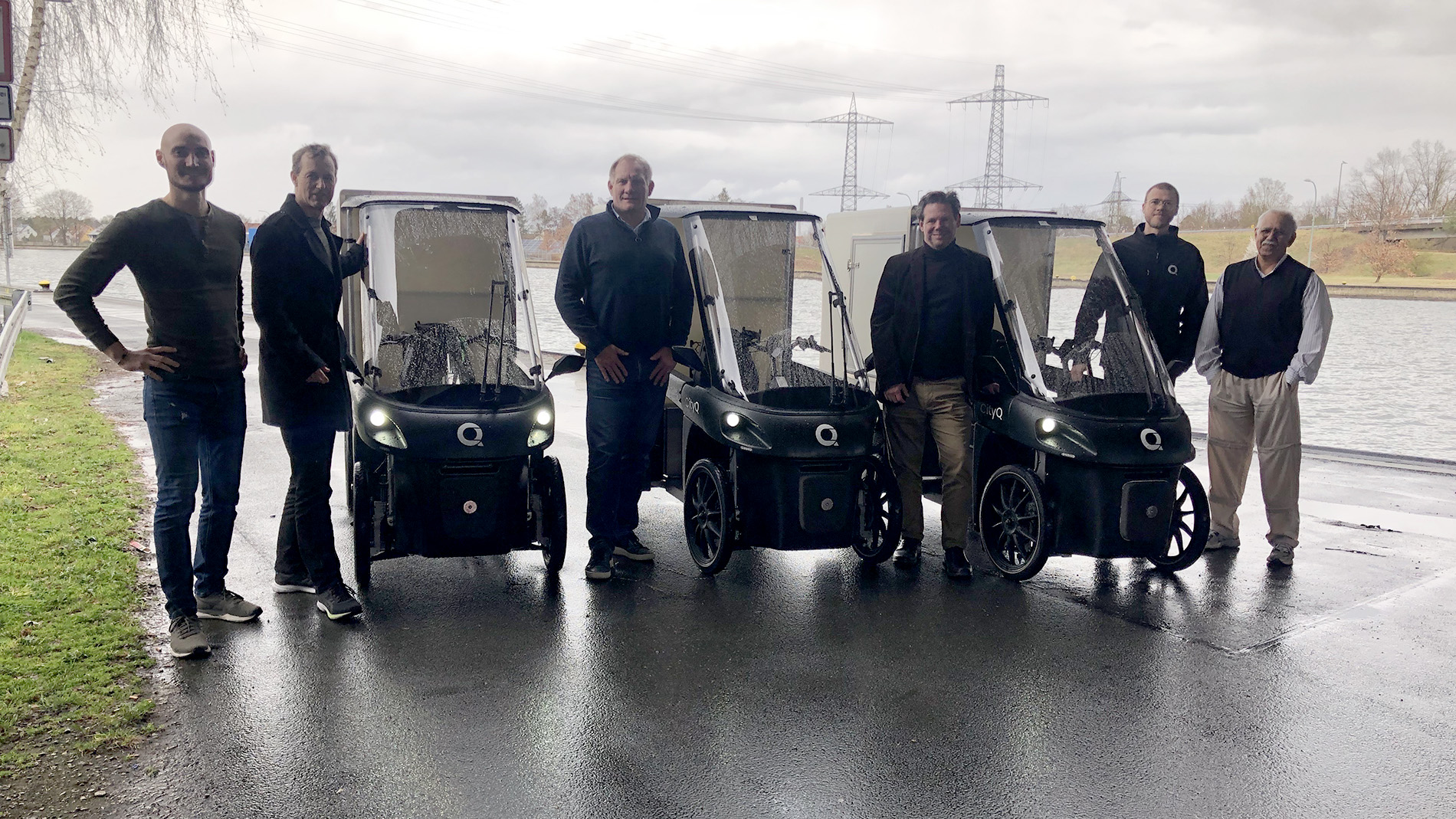
‘Micromobility and minimobility will innovate and change urban mobility throughout this decade. Escooter was the first generation – with too many too fast. Going forward, cities will learn to embrace innovation in urban mobility including new vehicles. CityQ believes in the potential of downsizing cars into 4 wheel ebikes and high tech pods.’
‘New demand from companies’
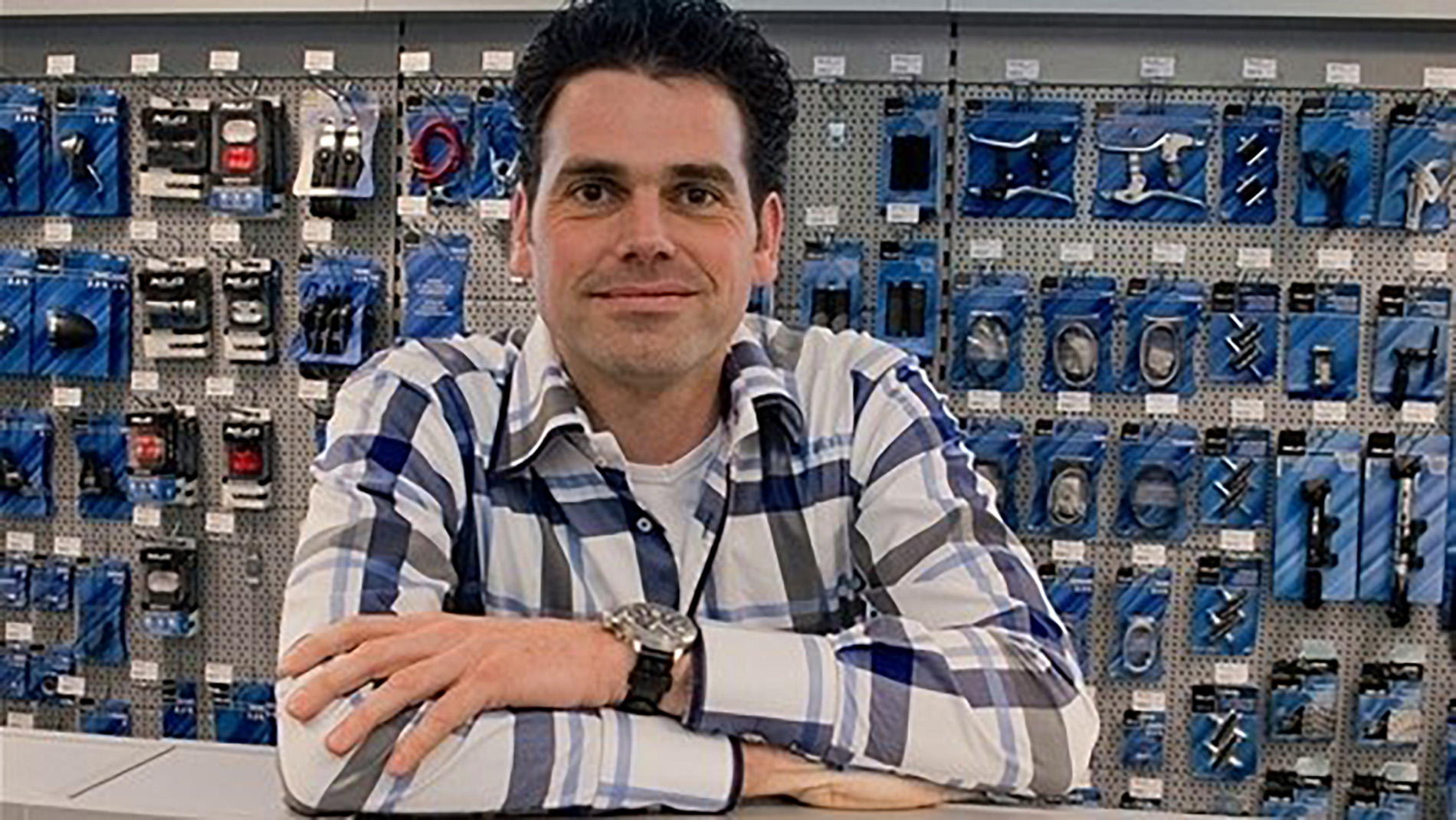
‘We always listen closely to our customers. In addition to young families who take their children to school on our bikes, we are experiencing huge growth in demand from companies. We expect significant growth in goods transport over the next few years. Research has shown that the market for cargo bikes will reach close to two million annual sales within the next ten years. With Babboe, we have the know-how, expertise and innovative ability. We are very proud of our newly developed line, with which we offer a sustainable, fast, cost-effective transport solution for goods transport.’
‘Micromobility is a success story – but not everywhere’

‘Since our founding 12 years ago, we have been dedicated to urban micromobility – first with folding bikes, then with pedelecs, all the way to ultra-compact e-cargo bikes. And our steady growth could be taken as a sign that this is a success story. But look outside, look at the streets, and this is not happening everywhere. Instead, role models such as Copenhagen, Amsterdam or Münster show that, in addition to a wide range of useful vehicles, a well-designed infrastructure and a rethinking of traffic planners are the most important factors. Much remains to be done to ensure that a sustainable form of mobility becomes a matter of course for many more people.’
‘The future: self-learning systems’
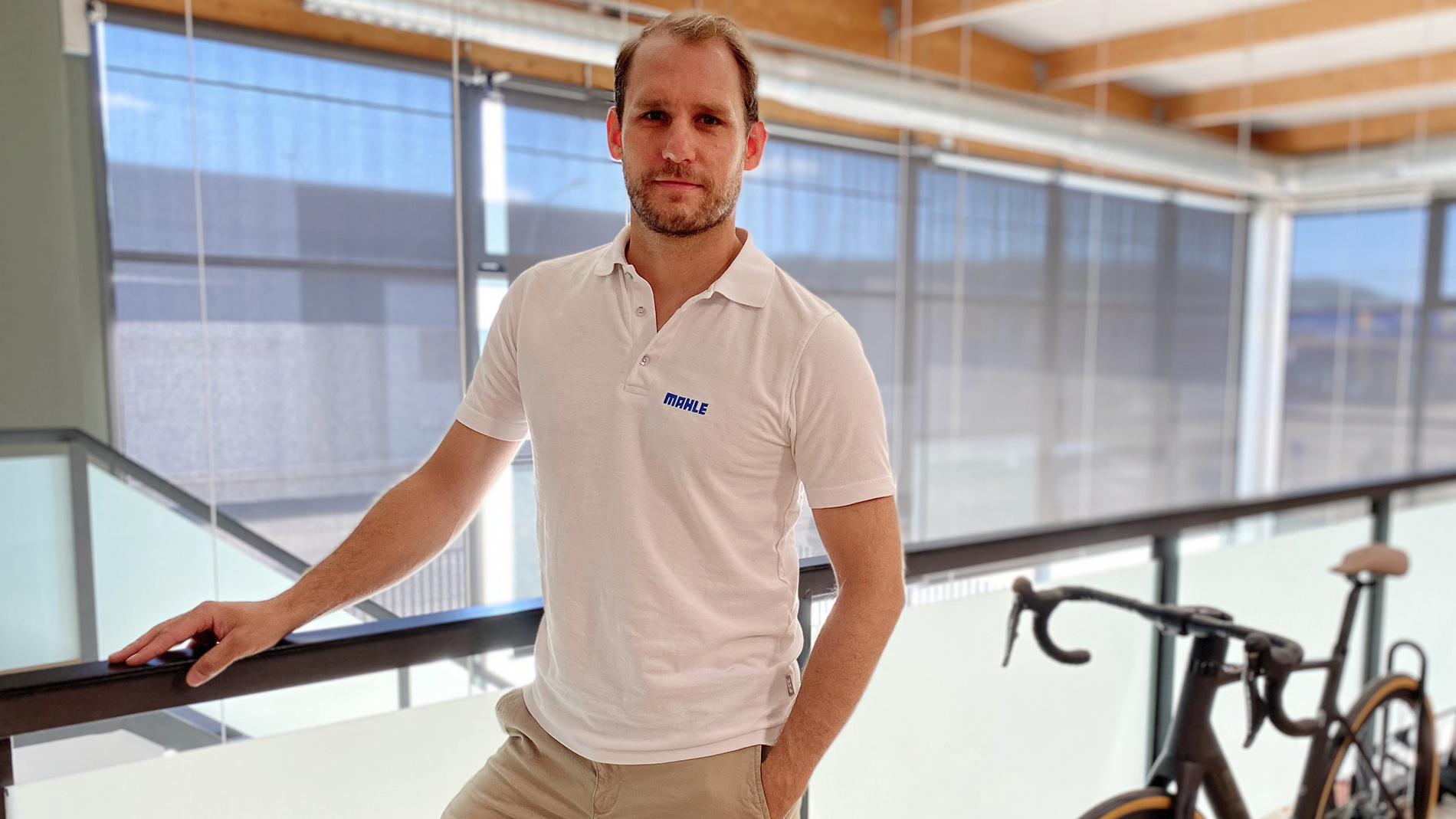
‘At MAHLE Smart Bike System, we are dedicated to micromobility. Weight, aesthetics, individualisation, modern user interfaces, digitalisation and connectivity: these are the main themes of urban mobility. With our super light electric bike drives and intelligent connectivity solutions, we give users exactly what they want. The weight of the bike and its design are perfectly coordinated. The systems will be able to learn independently in future, meaning that they will, for example, be able to adapt the power of the electric engine to suit the selected route. An exciting field!’
‘You buy them with your heart’
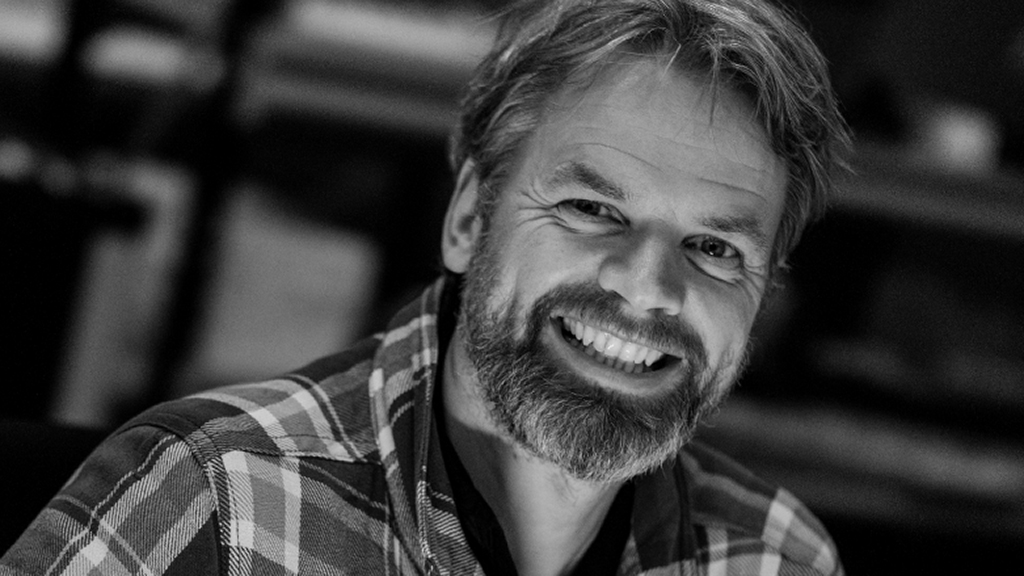
‘Authorities are helping to speed up the transition to micromobility, but as a manufacturer, we also hold a key to success. Like the clothes you wear, we believe the bikes you ride are part of your lifestyle. You buy them with your heart. Get the design, the quality, and the little details right so people choose a light electric vehicle with their whole heart. And mind.’
‘The foundations have been laid’
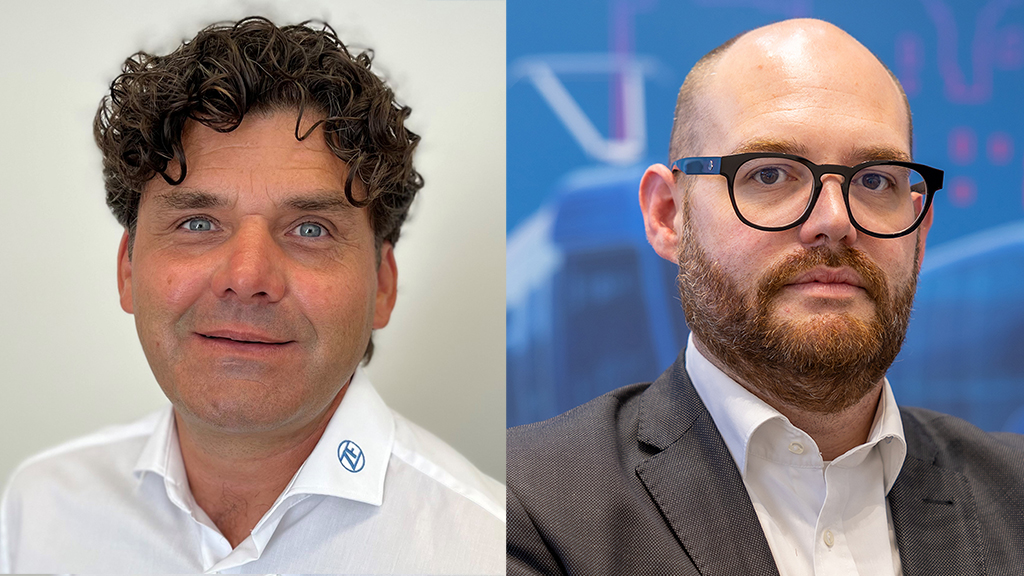
Marc Sommer: ‘At ZF Micro Mobility GmbH, we see great potential in the use of small, electrically-powered vehicles for mobility in cities and urban areas. These vehicles are the perfect complement to inner-city CO2 reduction and we are positioning our product portfolio to exploit this potential in a better and more effective way.’
Markus Gross: ‘The extent of the potential and how it can be used varies from region to region. The existing infrastructure, local sharing offers and political activities are just some of the factors that contribute significantly to how this potential can be used. The foundations for effective utilisation have been laid.’
‘Industry, providers, city planners – we can only do it together’

‘On the one hand, the industry needs to extend the lifespan of vehicles, continue the decarbonisation of production by contributing to the circular economy and use partnerships to effect a shift from taxis and people’s own cars to ride-hailing and lower emission modes of transport. However, providers and city planners also need to work together towards better integration of micromobility and public transport by e.g. setting up mobility hubs and reliable intermodal journey planning tools to enable seamless transfers.’
‘It depends on the cities’

‘Micromobility holds great promise for improving urban living standards, but its full potential depends on the evolution of urban infrastructure and regulatory frameworks. While some progress has been made in upgrading cycling infrastructure, many cities still face challenges in keeping pace. Moreover, non-uniform regulations hinder the expansion of micromobility companies and their solutions. NÜWIEL is actively collaborating with several European municipalities to address these issues and contributing to the development of new standards that facilitate the easier and safer integration of micromobility solutions.’
‘Vehicles are becoming safer and more comfortable’
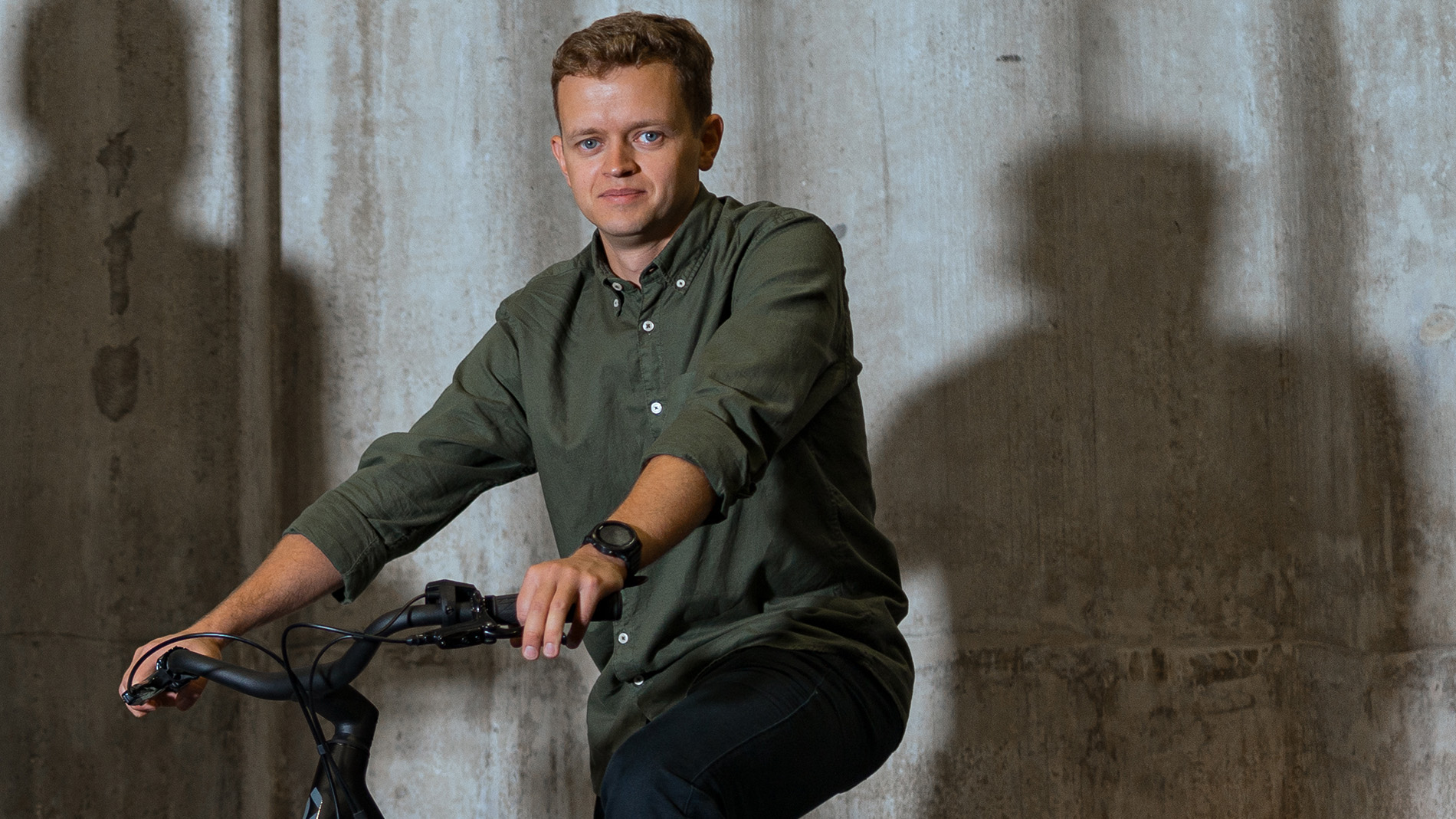
‘More people are using micromobility because there are more possibilities for it, there’s something suitable for everyone whether it’s a shared scooter or bike, a subscription vehicle, or you can buy an e-bike or scooter that you like. The variety of electric vehicles available is really wide, and thanks to the use of technology, such as Comodules connectivity, light electric vehicles are getting safer (f.e GPS tracking) and more convenient (control and data via an app), which makes them more attractive to riders as an actual alternative to cars. The better user experience we can provide, the more people will adopt micromobility in their lives, making our cities cleaner and more livable.’
‘Why do people use e-scooters?’
![Wolfgang Fastenmeier, President of Deutschen Gesellschaft für Verkehrspsychologie [German Society of Traffic Psychology], Berlin](/content/dam/messefrankfurt-redaktion/mobility-logistics/blogroll/2023/june/fastenmeier.jpg)
‘Why do a lot of riders seem to underestimate the handling and speed of e-scooters? Minimal practice is required to handle an e-scooter properly. Maybe it’s also about asking why people actually ride e-scooters. It was apparent very early on that scooters are not necessarily used as a sensible means of transport, but are more for fun: people use e-scooters almost exclusively for leisure or tourist activities. The assumption that e-scooters are used exclusively for short distances, the so-called last mile, was always wrong.’